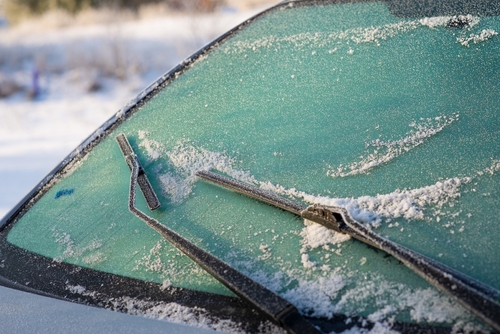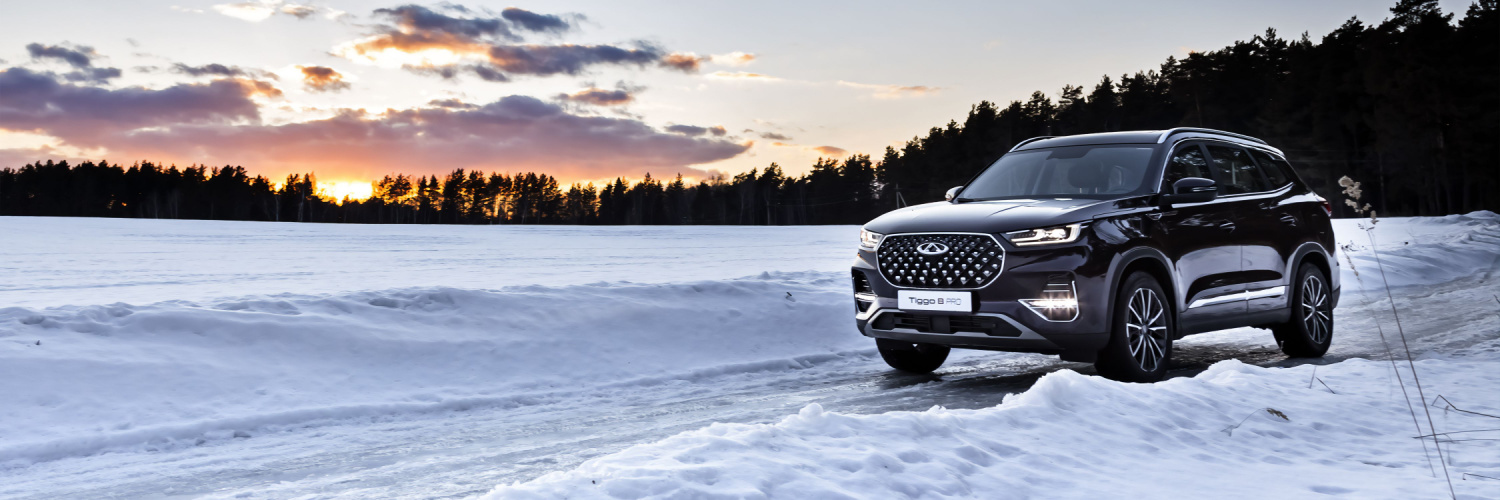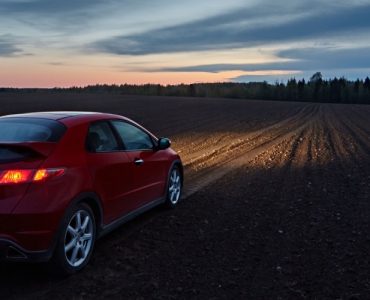Here are the best tips for renting a car in cold weather! Winter means cozy nights by the fire, quality time with the ones we love, and warming comfort food. But it also means cold weather and the potential for dangerous driving conditions. Snow, ice, rain and sleet are just the obvious threats facing drivers during winter; Arctic blasts of wind can cause danger, affecting stability and causing drivers to swerve, while fog and mist affect drivers’ ability to see.
Are you planning to visit Lapland during the winter season and considering renting a car? As amazing as a road trip in the winter wonderland may sound like, the arctic weather is no joke, and there are many things to consider before hitting the icy arctic roads. Here’s a list of things to consider before hopping on the driver’s seat, as well as other transportation options in Lapland.
Yolcu360 car rental options, you can easily rent many brands of cars in minutes.
The Car

Firstly, focus on your tires. To handle extreme conditions better, use tires with more tread depth than the legal minimum. Choose block-type patterns over semi-slick designs for improved traction on icy surfaces. In cold weather, keep tire pressures slightly higher as they take longer to warm up.
Check that your car’s heater and demister work. Sometimes, cars used in warmer climates may have their air-conditioners set to ‘cool’ all the time, and this might not provide enough hot air to clear a frozen windscreen. Check before you start your journey.
Most coolants today have antifreeze, but it’s essential to read the label to make sure you’re using the right one. This is especially important for older cars, as using the wrong coolant in sub-zero conditions can damage the engine.
The Driver

If you’re not used to driving on very slippery roads, it’s a good idea to spend some time on a skid pan. Many training organizations in major cities offer courses on car control.
Avoid driving when you’re tired, especially in the dark on unfamiliar roads, as it can make you more exhausted. It’s not safe to work all day and then start driving at dusk, especially if you’re not experienced in Alpine conditions. Consider taking a day off, and start your journey in mid-morning when there’s enough daylight and less chance of icy patches on the road.
Chains

In many Alpine areas, it’s a rule to carry snow chains in all vehicles, including 4WDs. Use them when roads have snow or it’s very cold. You can rent chains at service stations near snowfields or buy them at auto parts stores.
Make sure you get the right size for your vehicle. If you’ve never used chains before, ask the supplier to show you how to put them on. Double-check that all caches are locked and stick to the recommended speed limits. If chains are not put on right or come loose because of driving too fast, they can seriously damage your vehicle. Once you’re on a road without snow or ice, stop and take the chains off.
Snow Driving Techniques

Drive “Low and Slow” – that’s the advice from a seasoned snow driver, and it works. Keep your speed down by using the lowest gear possible, adjusting it based on how much grip you have and what you can see. This careful approach helps new drivers stay out of serious trouble.
For 4WD vehicles, turn on the differential locks and use Low Range. This way, the engine does most of the slowing down, and you don’t need to brake as much. Even regular two-wheel drive cars, including automatics, can be put in a lower gear, using the gas gently to avoid spinning the wheels.
Be easy on the brakes, especially because locking the wheels on ice can make the car speed up down the slope of the road. Remember, ABS might take longer to stop a car on ice compared to quickly pumping the brake pedal. Don’t slam on the brakes and lock the wheels, as it makes it harder to avoid obstacles.
Bogged And Needing Help

If your car slips off the road or gets stuck in heavy snow, especially at night or during a snowstorm, don’t leave the vehicle to find help.
Turn on your hazard lights. If the engine works and you have enough fuel, keep the heater on as long as you can. If your car is far from the road, walk back to the roadside and leave a marker to get attention from passing vehicles.
If your vehicle is damaged, your Enthusiast Insurance policy covers things like getting your car back, emergency accommodation, and transportation (with some limits). You can also add 14 days of rental car hire to some Enthusiast policies.










Add comment